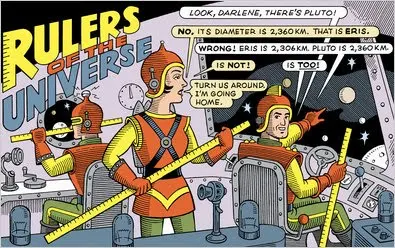 One of my New Year's resolutions was to finally, seriously pay some attention to the audio quality of the SolderSmoke podcast. With its roots in the scratchy Echolink connections between Juneau and London, audio quality has long been neglected on our show. With some funds donated by kind listeners (thanks guys!) I was this weekend shopping the internet for a suitable SolderMic. I ran into a lot of audio-fool snake oil. Wait a second, I thought, let's do some checks on the many mics I have around me here in the shack. I made comparison tests using three different mics (pictured above): my venerable D-104 chrome lollipop (with a transistor amplifier in the base), the dilapidated computer mic with improvised pop shield that I've been using for the last several years, and a Turner +2 mic that I gutted a while back (the original element was replaced by a cheap Radio Shack electret element, and the on-board amplifier was disconnected). (NOTE: It is a MYTH -- an ugly myth -- that the D-104 is CB gear. We debunked this hideous lie a while back. The D-104 is definitely ham gear! The Turner +2? Well, I don't know about that one. It does look a bit good-buddyish.)
One of my New Year's resolutions was to finally, seriously pay some attention to the audio quality of the SolderSmoke podcast. With its roots in the scratchy Echolink connections between Juneau and London, audio quality has long been neglected on our show. With some funds donated by kind listeners (thanks guys!) I was this weekend shopping the internet for a suitable SolderMic. I ran into a lot of audio-fool snake oil. Wait a second, I thought, let's do some checks on the many mics I have around me here in the shack. I made comparison tests using three different mics (pictured above): my venerable D-104 chrome lollipop (with a transistor amplifier in the base), the dilapidated computer mic with improvised pop shield that I've been using for the last several years, and a Turner +2 mic that I gutted a while back (the original element was replaced by a cheap Radio Shack electret element, and the on-board amplifier was disconnected). (NOTE: It is a MYTH -- an ugly myth -- that the D-104 is CB gear. We debunked this hideous lie a while back. The D-104 is definitely ham gear! The Turner +2? Well, I don't know about that one. It does look a bit good-buddyish.)At first, I thought the re-done Turner would win out. Then I thought the computer mic would keep its job. But then -- surprisingly -- the D-104 started to sound REAL good. The D-104 was especially good at keeping AC hum out of the signal -- that was a problem with the other two.
I found that I could get a very nice-sounding audio by running the D-104 audio through some EQ to knock down the little bit of hum that it did pick up, and to put about 30 db of attenuation on my now infamous SSSS whistles. I also used Audacity's noise remover.
So, the next SolderSmoke may come to you via an Astatic D-104. Kind of appropriate, don't you think? What do you guys think? Maybe I should post an audio sample to get some expert opinion before I chrome lollipop #130...


























